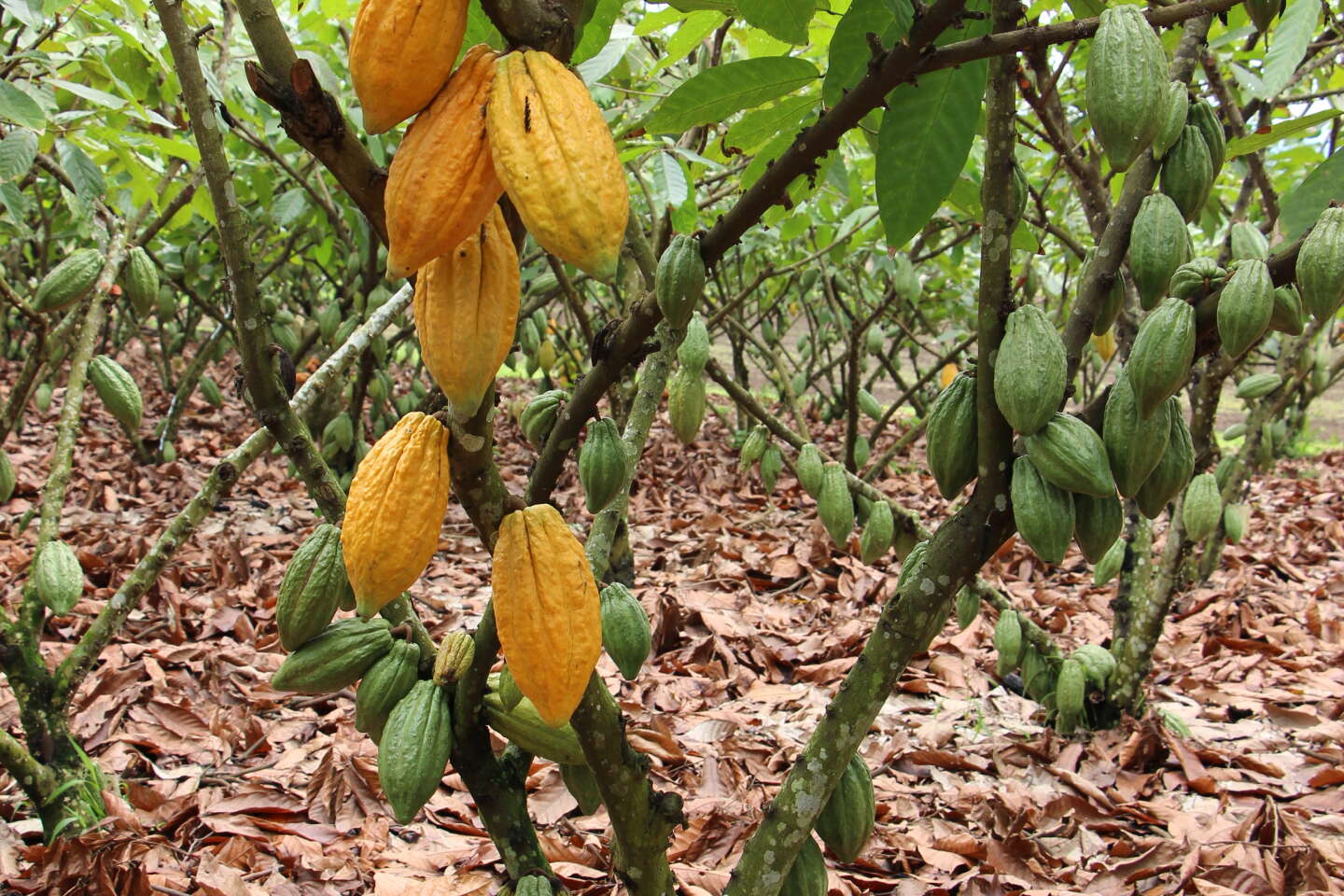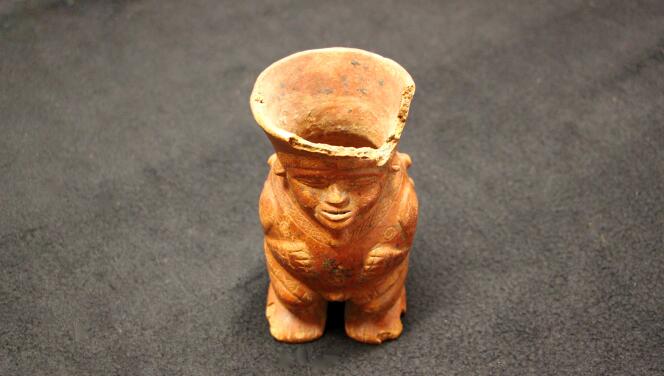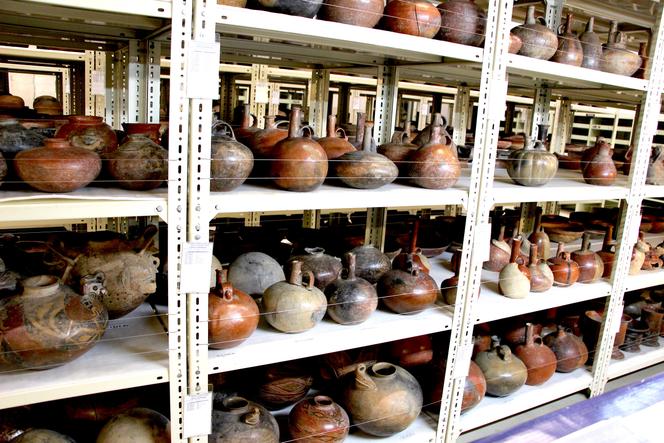
The mystery of the spread of cocoa across South America, more than 5,000 years ago, has finally been solved

Chocolate, food of the gods. The formula inspired the clever name of the cocoa tree, Theobroma cocoa (Greek Theos“God” and In Rome“food”). In fact, the Mayans associated this divine nectar with the fertility god, and the Aztecs, after them, with the fertility goddess, Xochiquetzal.
But how did the cultivation of the cacao tree, this small tree with bright, shiny green leaves and producing large green, yellow or red fruits, spread throughout South and Central America from its original birthplace, the upper Amazon, where it was further domesticated 5,000 years ago? A study coordinated by Claire Lanaud, a geneticist at the Center for International Cooperation in Agricultural Research for Development, in Montpellier, and Published March 7 in the magazine Scientific reports, It shows the speed of this spread, especially on the Pacific coast.
We know that the cacao tree originates from the upper Amazon region because this region is home to the greatest diversity of this plant. In 2018, Previous work carried out in particular with the Institute for Research for Development (IRD) in Marseille In southeastern what is now Ecuador, the oldest traces of the use of cocoa beans have been found, dating back to 5,300 years ago.
First effects on ceramics
In the new study, archaeologists, anthropologists, geneticists, biochemists, and bioinformaticians joined forces to analyze food remains from 352 ceramic artifacts belonging to 19 pre-Columbian cultures dating from 5,900 to 400 years ago. These ceramics come from South or Central America, and are held by museums such as those of Guayaquil and Quito in Ecuador, or the National Museum of Colombia in Bogotá. Other ceramic remains from excavations have been sent by archaeologists.
The researchers first scraped these containers to recover these wastes, and analyzed their chemical content. The result: Of 312 samples from South America, 116 contained theobromine, the main alkaloid in cocoa and chocolate. Among them, 73 contained traces of cocoa tree DNA. Reflection of the widespread use of cocoa, hitherto unknown, in successive cultures of South America. Above all, the history of the ceramics in which this DNA was found shows that as early as 5,300 years ago, the cacao tree was being used and domesticated beyond its original birthplace, the Amazon.


These effects They were actually found on the Pacific coast of what is now Ecuador and correspond to the Valdivian culture, known in particular for their female statues, the “Venus of Valdivia.” The plant therefore appears to have been domesticated on the Pacific coast of South America, at about the same period as in one of its original habitats, in southern Ecuador.
You have 51.41% of this article left to read. The rest is reserved for subscribers.

“Unapologetic pop culture trailblazer. Freelance troublemaker. Food guru. Alcohol fanatic. Gamer. Explorer. Thinker.”
